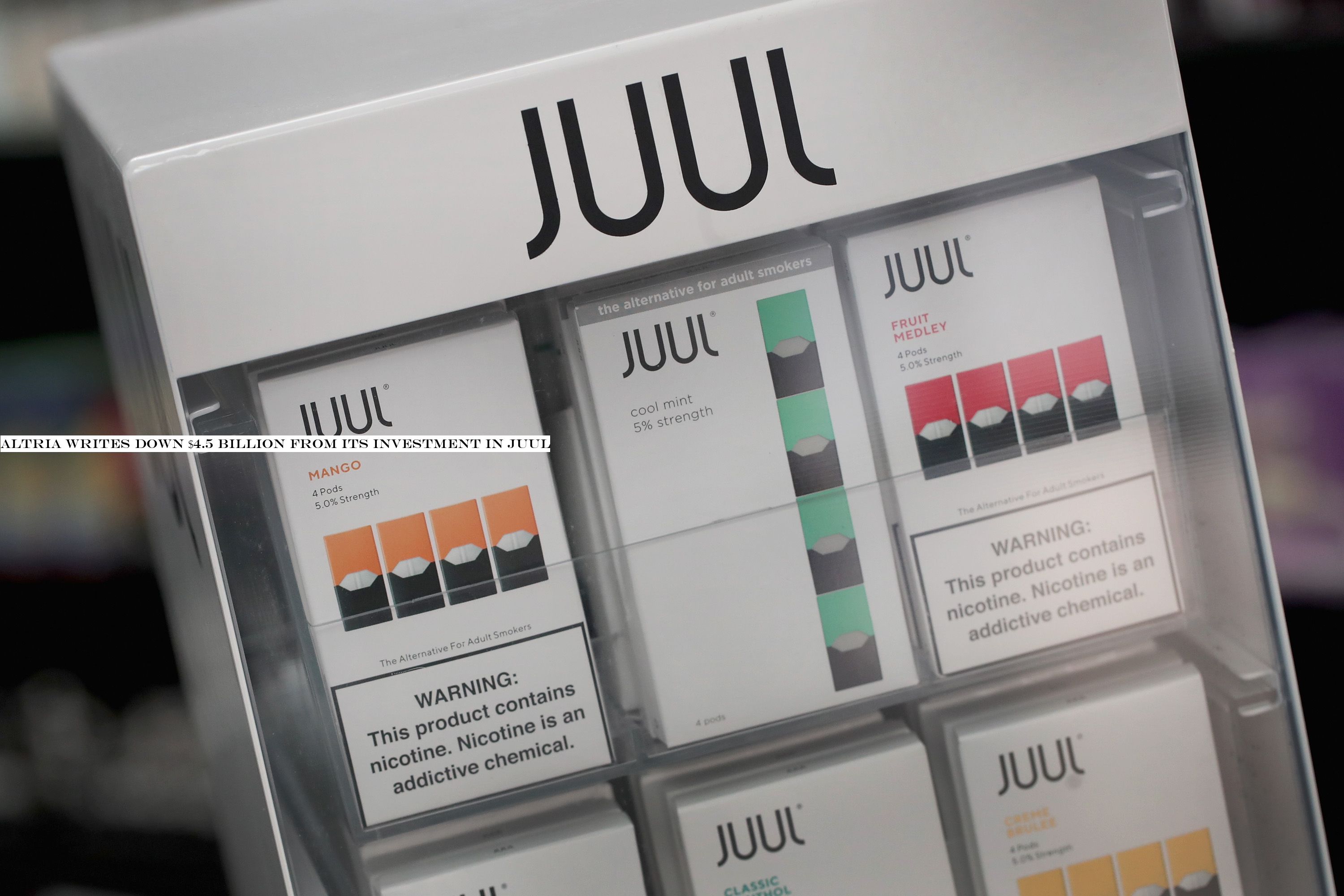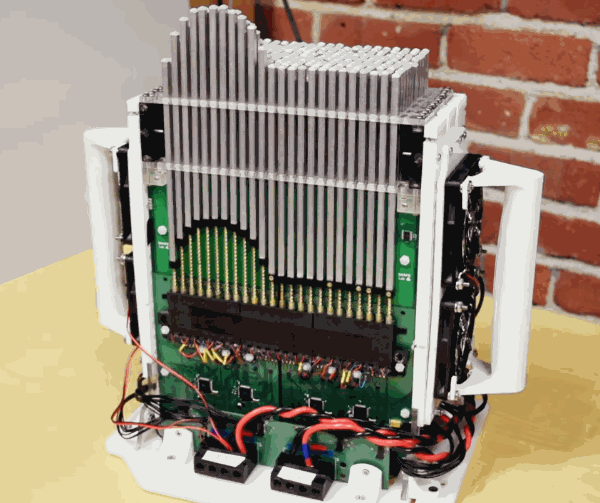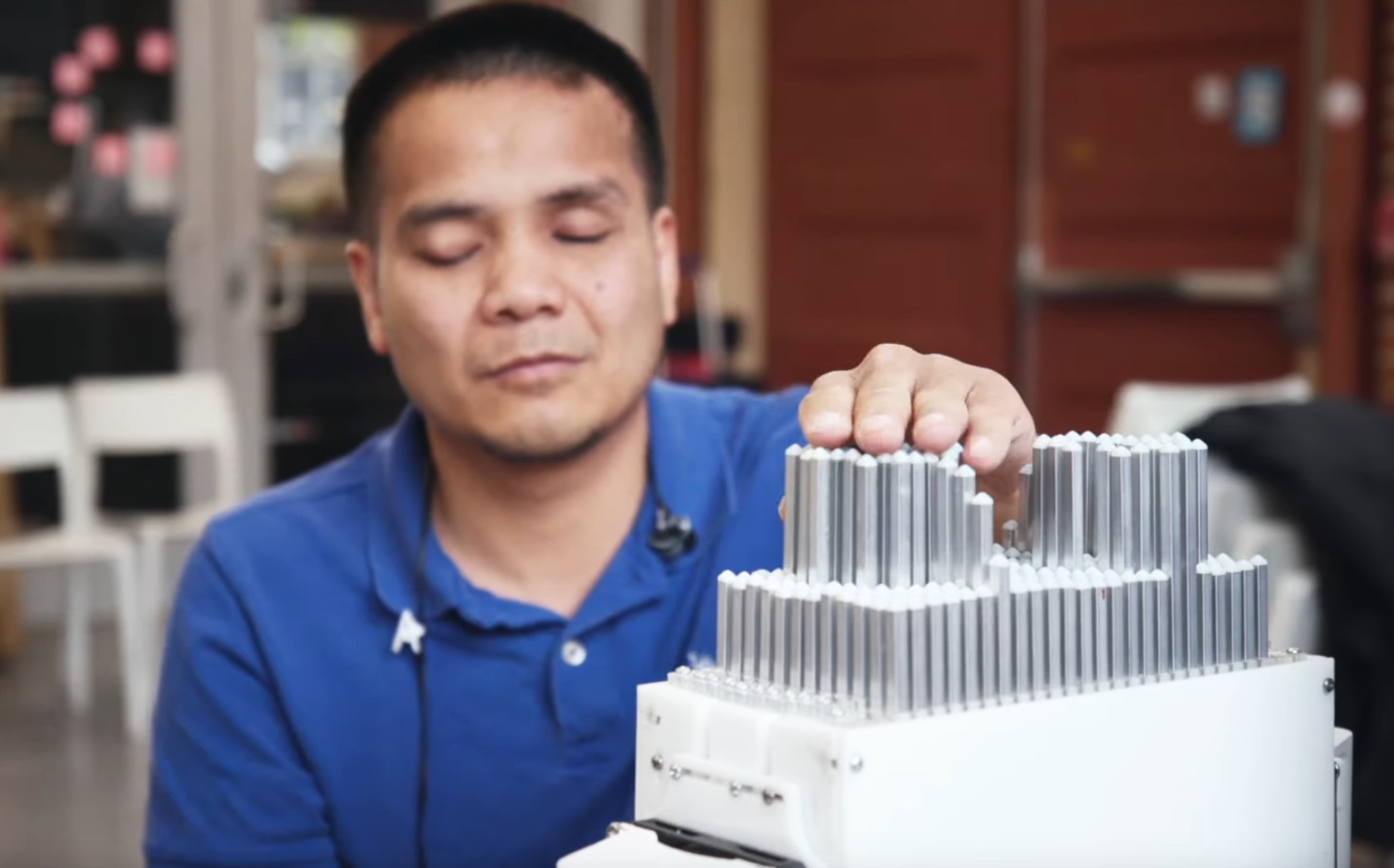Technology
An Australian reality TV show contestant has been arrested for allegedly assaulting her Tinder date and extorting money from him.
Suzi Taylor, 49, demanded money after arranging through the dating app to
- Details
- Category: Technology
Read more: Suzi Taylor: Australia reality TV star 'extorted' Tinder date
Write comment (100 Comments)China's mobile operators have made 5G services available to consumers, as the country seeks to become a global technology leader.
State-owned carriers China Mobile, China Unicom and China Telecom unveiled their 5G data plans on Thursday.
It comes as Beijing and Washington have been embroiled in a power struggle over trade
- Details
- Category: Technology
Read more: China rolls out 'one of the world's largest' 5G networks
Write comment (97 Comments)
Facing increasing scrutiny from international and domestic regulators, the Altria Group has decided to write down its investment into the e-cigarette company JUUL by $4.5 billion.
Thatroughly one-third of the $12.8 billion that the tobacco giant had invested into JUUL a little less than one year ago.
What a difference a year has made.
JUUL, which has become synonymous with the vaping phenomenon that has swept the U.S., was once hailed as being at the forefront of a wave of companies that were making smoking obsolete and nicotine consumption safer for consumers.
The company began running into problems as its popularity increased exponentially (in part by allegedly turning to some of the same tactics big tobacco used to target underage consumers).
As the complaints began to roll in, and as JUUL was held responsible for an explosion in the use of tobacco products among underage Americans, the regulatory scrutiny also began to increase.
First the company was compelled to limit its sale of flavored tobacco products. Now it may be forced to pull all of its flavored products outright.
None of the companytroubles have been helped by the wave of vaping related illnesses that have swept through the U.S. causing several deaths in users across multiple states.
Indeed, a new lawsuit against the company (filed two days ago) alleges that JUUL knowingly sold contaminated pods despite warnings from at least one employee.
First reported by BuzzFeed, the lawsuit was brought by Siddharth Breja, a former senior vice president of global finance at Juul from May 2018 to March 2019.
Breja alleges he was fired for complaining about the charge — a claim that a spokesperson for JUUL called &baseless&.
&[Breja] was terminated in March 2019 because he failed to demonstrate the leadership qualities needed in his role,&a spokesperson for JUUL wrote in an email. &The allegations concerning safety issues with Juul products are equally meritless, and we already investigated the underlying manufacturing issue and determined the product met all applicable specifications.&
The write down by Altria follows an announcement from JUUL that it intends to lay off around 500 people — or roughly 10% of its workforce.
- Details
- Category: Technology
Read more: Altria writes down $4.5 billion from its investment in Juul
Write comment (92 Comments)
Paidy, a Japanese financial tech startup that provides instant credit to consumers in Japan, announced today that it has raised a total of $143 million in new financing. This includes a $83 million Series C extension from investors including PayPal Ventures and debt financing of $60 million. The funding will be used to advance Paidy goals of signing large-scale merchants, offering new financial services and growing its user base to 11 million accounts by the end of 2020.
In addition to PayPal Ventures, investors in the Series C extension also include Soros Capital Management, JS Capital Management and Tybourne Capital Management, along with another undisclosed investor. The debt financing is from Goldman Sachs Japan, Mizuho Bank, Sumitomo Mitsui Banking Corporation and Sumitomo Mitsui Trust Bank. Earlier this month, Paidy and Goldman Sachs Japan established a warehouse facility valued at $52 million. Paidy also established credit facility worth $8 million with the three banks.
This is the largest investment to date in the Japanese financial tech industry, according to data cited by Paidy and brings the total investment the company has raised so far to $163 million. A representative for the startup says it decided to extend its Series C (announced last year) instead of moving onto a D round to preserve the equity ratio for existing investors and issue the same preferred shares as its previous funding rounds.
Launched in 2014, Paidy was created because many Japanese consumers don&t use credit cards for e-commerce purchases, even though the credit card penetration rate there is relatively high. Instead, many prefer to pay cash on delivery or at convenience stores and other pickup locations. While this makes online shopping easier for consumers, it presents several challenges for sellers, because they need to cover the cost of merchandise that hasn&t been paid for yet or deal with uncompleted deliveries.
Paidysolution is to make it possible for people to pay for merchandise online without needing to create an account first or use their credit cards. If a seller offers Paidy as a payment method, customers can check out by entering their mobile phone numbers and email addresses, which are then authenticated with code sent through SMS or voice. Paidy covers the cost of the items and bills customers monthly. Paidy uses proprietary machine learning models to score the creditworthiness of users, and says its service can help reduce incomplete transactions (or items that buyers ultimately don&t pick up and pay for), increase conversion rates, average order values and repeat purchases.
- Details
- Category: Technology
Just around 9:45 a.m. Pacific Time on February 28, 2017, websites like Slack, Business Insider, Quora and other well-known destinations became inaccessible. For millions of people, the internet itself seemed broken.
It turned out that Amazon Web Services was having a massive outage involving S3 storage in its Northern Virginia datacenter, a problem that created a cascading impact and culminated in an outage that lasted four agonizing hours.
Amazon eventually figured it out, but you can only imagine how stressful it might have been for the technical teams who spent hours tracking down the cause of the outage so they could restore service. A few days later, the company issued a public post-mortem explaining what went wrong and which steps they had taken to make sure that particular problem didn&t happen again. Most companies try to anticipate these types of situations and take steps to keep them from ever happening. In fact, Netflix came up with the notion of chaos engineering, where systems are tested for weaknesses before they turn into outages.
Unfortunately, no tool can anticipate every outcome.
Ithighly likely that your company will encounter a problem of immense proportions like the one that Amazon faced in 2017. Itwhat every startup founder and Fortune 500 CEO worries about — or at least they should. What will define you as an organization, and how your customers will perceive you moving forward, will be how you handle it and what you learn.
We spoke to a group of highly-trained disaster experts to learn more about preventing these types of moments from having a profoundly negative impact on your business.
Italways about your customers
Reliability and uptime are so essential to todaydigital businesses that enterprise companies developed a new role, the Site Reliability Engineer (SRE), to keep their IT assets up and running.
Tammy Butow, principal SRE at Gremlin, a startup that makes chaos engineering tools, says the primary role of the SRE is keeping customers happy. If the site is up and running, thatgenerally the key to happiness. &SRE is generally more focused on the customer impact, especially in terms of availability, uptime and data loss,& she says.
Companies measure uptime according to the so-called &five nines,& or 99.999 percent availability, but software engineer Nora Jones, who most recently led Chaos Engineering and Human Factors at Slack, says there is often too much of an emphasis on this number. According to Jones, the focus should be on the customer and the impact that availability has on their perception of you as a company and your businessbottom line.
Someone needs to be calm and just keep asking the right questions.
&Itmoney at the end of the day, but also over time, user sentiment can change [if your site is having issues],& she says. &How are they thinking about you, the way they talk about your product when they&re talking to their friends, when they&re talking to their family members. The nines don&t capture any of that.&
Robert Ross, founder and CEO at FireHydrant, an SRE as a Service platform, says it may be time to rethink the idea of the nines. &Maybe we need to change that term. Maybe we can popularize something like ‘happiness level objectives& or ‘happiness level agreements.& That way, the focus is on our products.&
When things go wrong
Companies go to great lengths to prevent disasters to avoid disappointing their customers and usually have contingencies for their contingencies, but sometimes, no matter how well they plan, crises can spin out of control. When that happens, SREs need to execute, which takes planning, too; knowing what to do when the going gets tough.
- Details
- Category: Technology
Read more: How you react when your systems fail may define your business
Write comment (96 Comments)Using a computer and modern software can be a chore to begin with for the visually impaired, but fundamentally visual tasks like 3D design are even harder. This Stanford team is working on a way to display 3D information, like in a CAD or modeling program, using a &2.5D& display made up of pins that can be raised or lowered as sort of tactile pixels. Taxels!
The research project, a collaboration between graduate student Alexa Siu, Joshua Miele and lab head Sean Follmer, is intended to explore avenues by which blind and visually impaired people can accomplish visual tasks without the aid of a sighted helper. It was presented this week at SIGACCESS.
 The device is essentially a 12×24 array of thin columns with rounded tops that can be individually told to rise anywhere from a fraction of an inch to several inches above the plane, taking the shape of 3D objects quickly enough to amount to real time.
The device is essentially a 12×24 array of thin columns with rounded tops that can be individually told to rise anywhere from a fraction of an inch to several inches above the plane, taking the shape of 3D objects quickly enough to amount to real time.
&It opens up the possibility of blind people being, not just consumers of the benefits of fabrication technology, but agents in it, creating our own tools from 3D modeling environments that we would want or need & and having some hope of doing it in a timely manner,& explained Miele, who is himself blind, in a Stanford news release.
Siu calls the device &2.5D,& since of course it can&t show the entire object floating in midair. But itan easy way for someone who can&t see the screen to understand the shape itdisplaying. The resolution is limited, sure, but thata shortcoming shared by all tactile displays — which it should be noted are extremely rare to begin with and often very expensive.
The field is moving forward, but too slowly for some, like this crew and the parents behind the BecDot, an inexpensive Braille display for kids. And other tactile displays are being pursued as possibilities for interactions in virtual environments.
Getting an intuitive understanding of a 3D object, whether one is designing or just viewing it, usually means rotating and shifting it — something thatdifficult to express in non-visual ways. But a real-time tactile display like this one can change the shape itshowing quickly and smoothly, allowing more complex shapes, like moving cross-sections, to be expressed as well.

Joshua Miele demonstrates the device
The device is far from becoming a commercial project, though as you can see in the images (and the video below), itvery much a working prototype, and a fairly polished one at that. The team plans on reducing the size of the pins, which would of course increase the resolution of the display. Interestingly another grad student in the same lab is working on that very thing, albeit at rather an earlier stage.
The Shape Lab at Stanford is working on a number of projects along these lines — you can keep up with their work at the labwebsite.
- Details
- Category: Technology
Read more: This tactile display lets visually impaired users feel on-screen 3D shapes
Write comment (99 Comments)Page 474 of 5614

 7
7